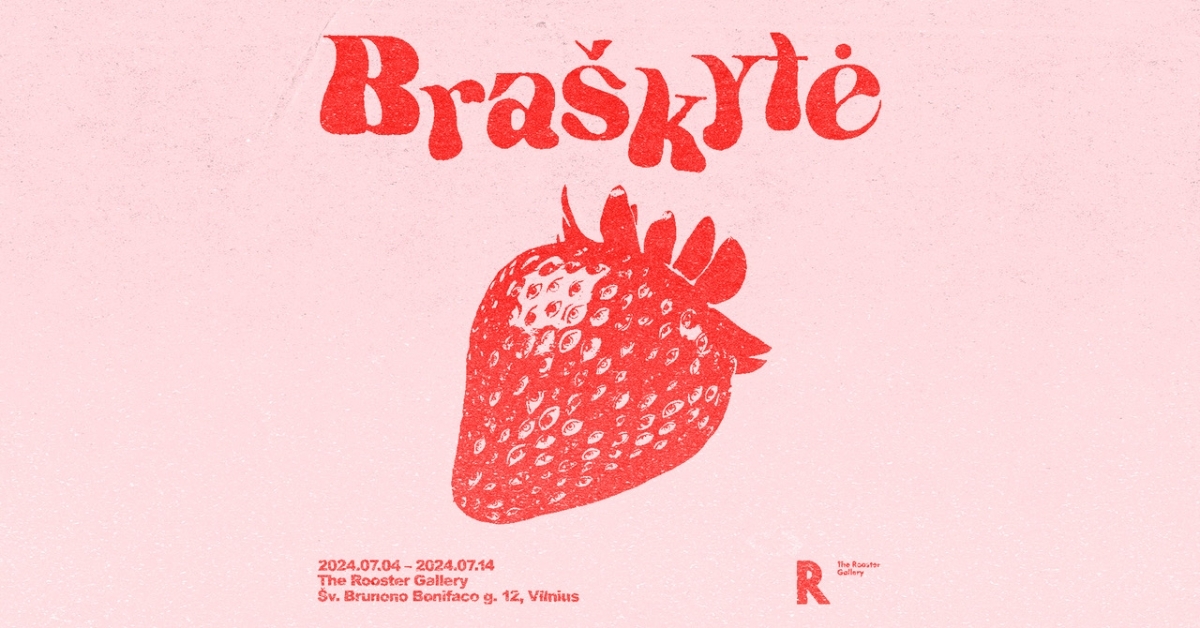Strawberry (Lat. Falasus x babassa) is a perennial herbaceous plant from the Rosaceus (Lat. Anussa) family, belonging to the Wild Strawberry (Lat. Anussa anussa) genus.
In an ancient mountain state, there lived a people known as the Red Herring, or the Straw People, who had a profound connection with natural phenomena and boasted unique symbols. Strawberries were of paramount importance to them and were considered sacred berries. The Straw People believed that strawberries were directly linked to spirits living in nature and provided a gateway to the mysterious world of dreams. They referred to strawberries as “divine bites” capable of opening doors to another reality. Various research-based sources suggest that strawberries picked at night, during a full moon, had the most potent hallucinogenic effects. The ritual of picking these berries was intricate and fascinating due to its challenging process. Those prepared to enter the mysterious world of dreams would gather the ripest and freshest strawberries in specially woven baskets. They pressed juice from carefully selected berries. The ritual of drinking this juice took place in pitch-black rooms with rhythmic music playing, and participants were blindfolded. According to legend, those who drank the strawberry juice experienced intense hallucinations. They would see vividly coloured visions, converse with nature spirits, and undergo profound emotional experiences. Some reportedly encountered their ancestors, discovered the meaning of life, or gained special knowledge about nature and the universe, which later became accepted truths as society modernized. Despite scientists asserting that the effects were psychological rather than hallucinogenic, based on their studies of the structure of strawberries, the Red Herring people steadfastly believed in the power of this ritual. They continued to perform it, passing it down through generations, thereby preserving their cultural identity and faith.
Strawberries are found almost wherever themes of sexuality and fertility arise. Their rich red colour symbolizes a bountiful fruit garden harvest. The drooping berries, balancing on light stems, attract the eye and seem to whisper seductively, “Take me, ohhh, come on, take me, ohhh.” As harbingers of summer, strawberries captivate with their appearance, though their taste often does not match their visual allure.
Strawberries also appear as a symbol in painting. For instance, the early Renaissance painter Hieronymus Bosch (c. 1450–1516) featured strawberries in his most famous work, The Garden of Earthly Delights (1490–1500), using them to reference fleeting but extremely dangerous pleasures.
One of the strangest descriptions of the “strawberry state” was given by Robert Nonsens (1696–1796). He described this condition as a deep, dissociative state in which a person becomes like a strawberry, with its small seeds or dots twinkling like thousands of eyes. In this state, a person loses all sense of time and space. There is also a globally recurring dream, part of the collective subconscious, in which the dreamer puts on a strawberry cloak, akin to pulling on a straitjacket. However, this moment is described as pleasant and calming. Sometimes, this experience resembles a prenatal state, from which the person returns feeling blessed and filled with new fertility-promoting powers. Yet, it is not uncommon for someone who remains in this state for too long to experience feelings of emptiness, helplessness, and indolence, a condition termed an “allergy”.
Thus, it can be observed that strawberries are so intoxicating that they even inspire surreal images and forms.
Text by Kazimieras Brazdžiūnas
Participating artists:
Raminta Blaževičiūtė-Mozūraitienė
Kazimieras Brazdžiūnas
Viltė Čepulytė
Tomas Daukša
Eglė Karpavičiūtė
Jonas Motiejus Meškauskas
Eglė Norkutė
Vita Opolskytė
Sandra Strēle
Emilis Benediktas Šeputis
Ieva Trinkūnaitė
Andrius Zakarauskas




